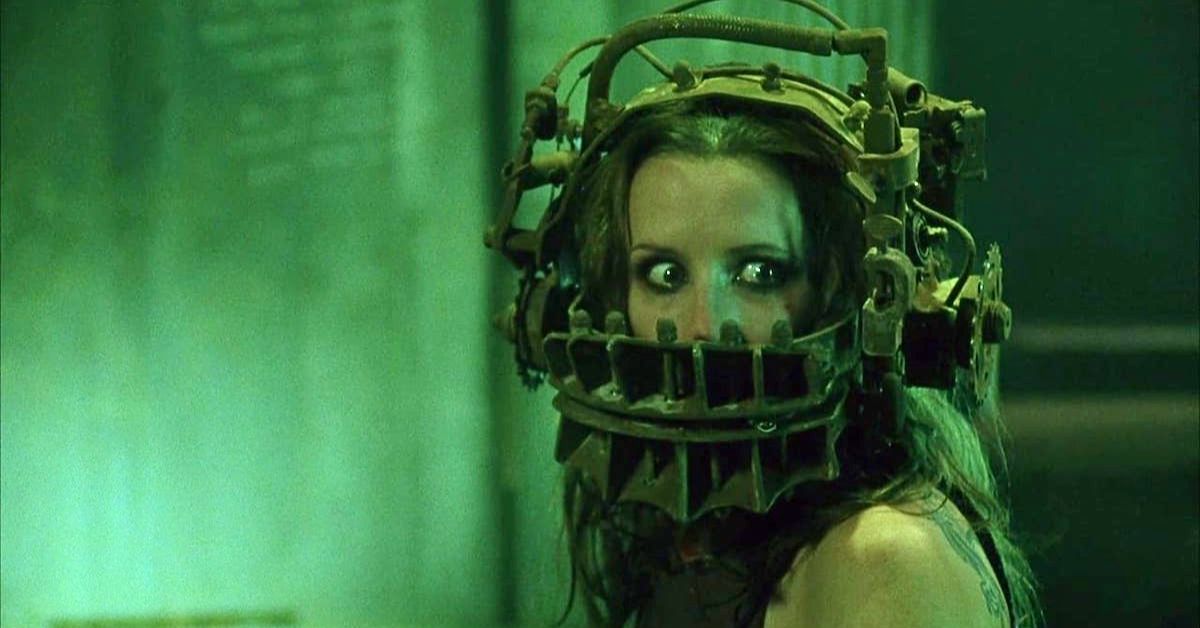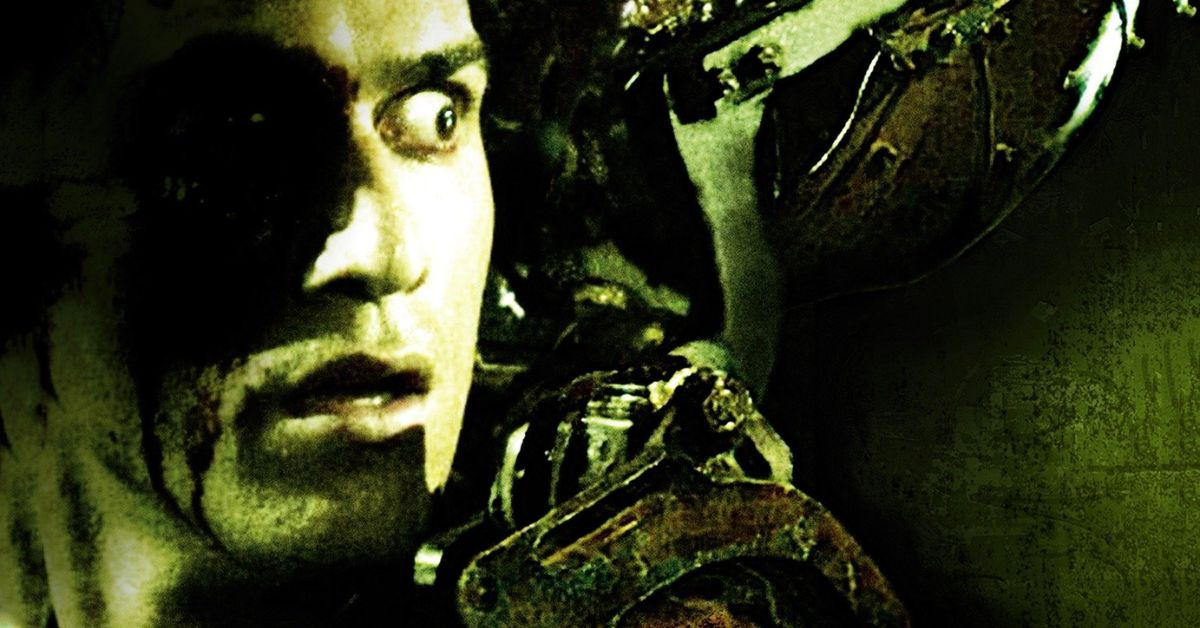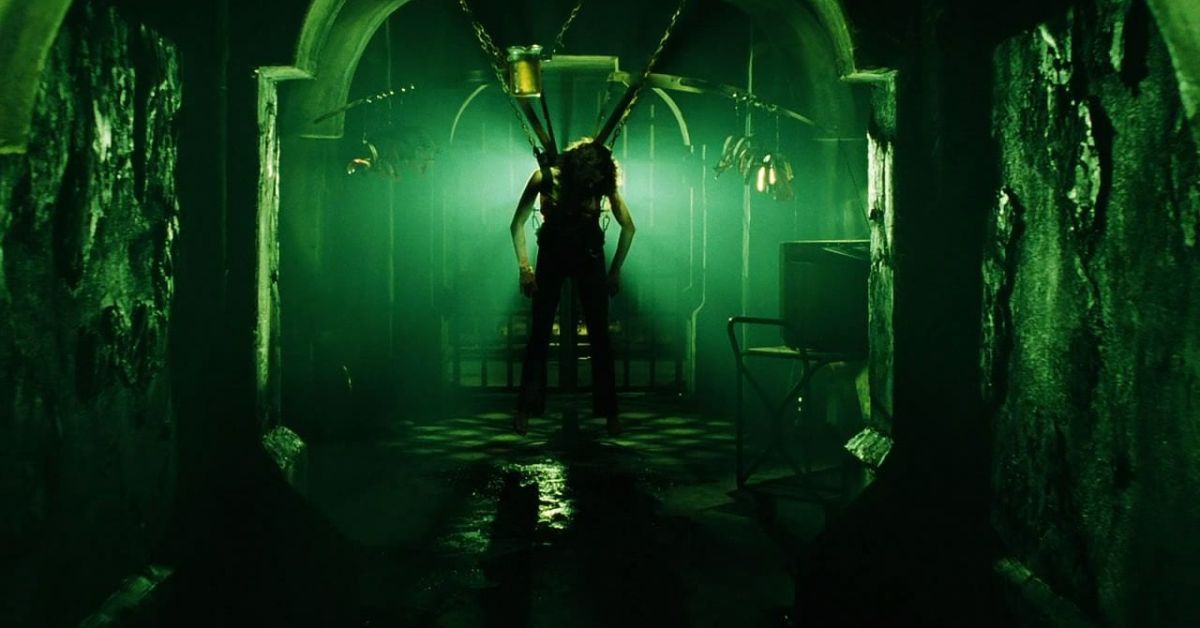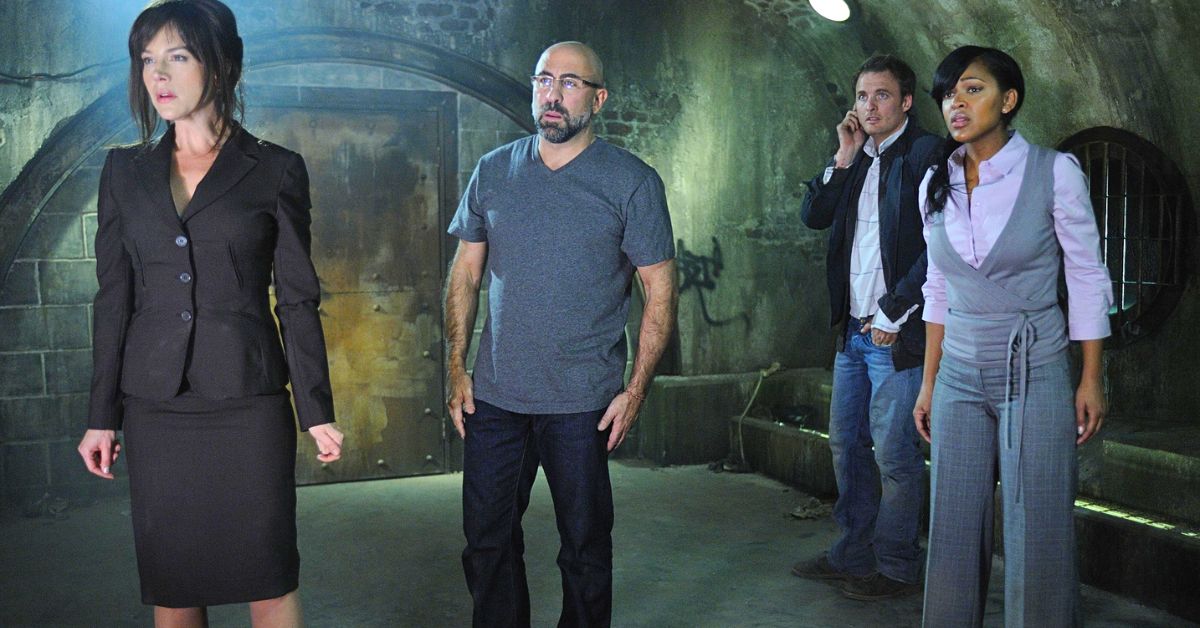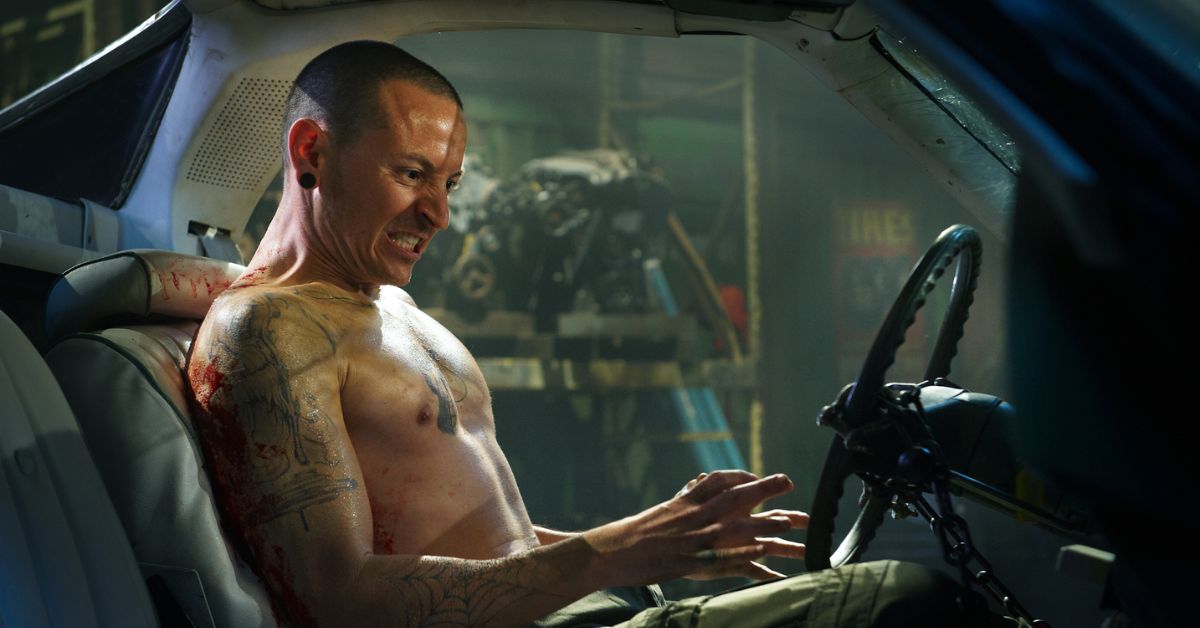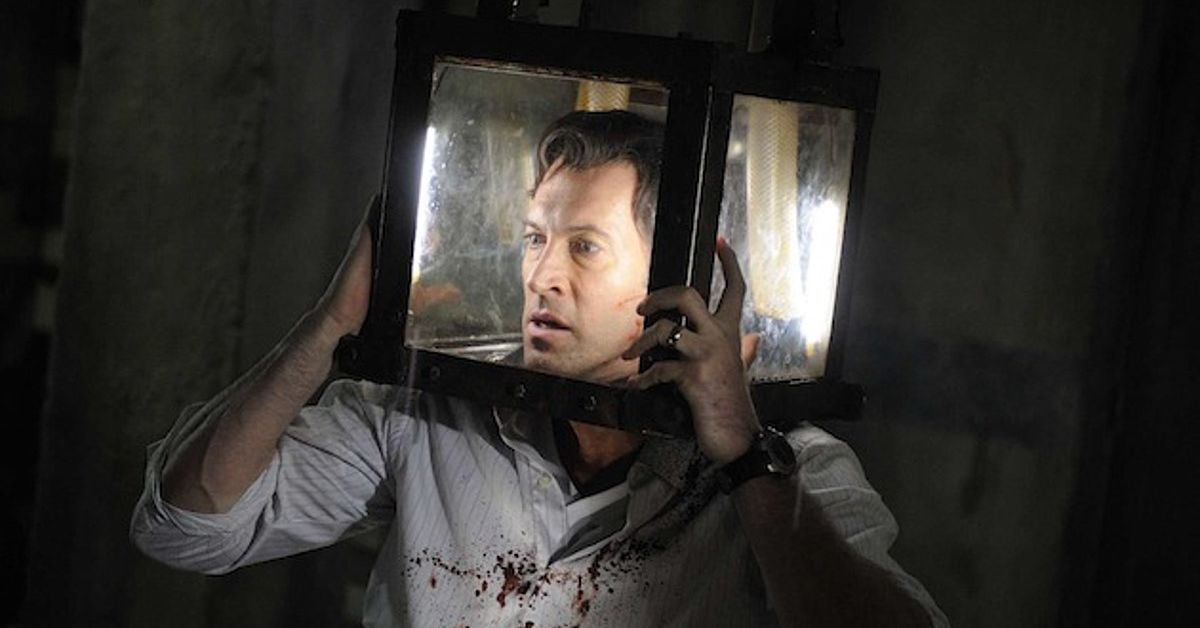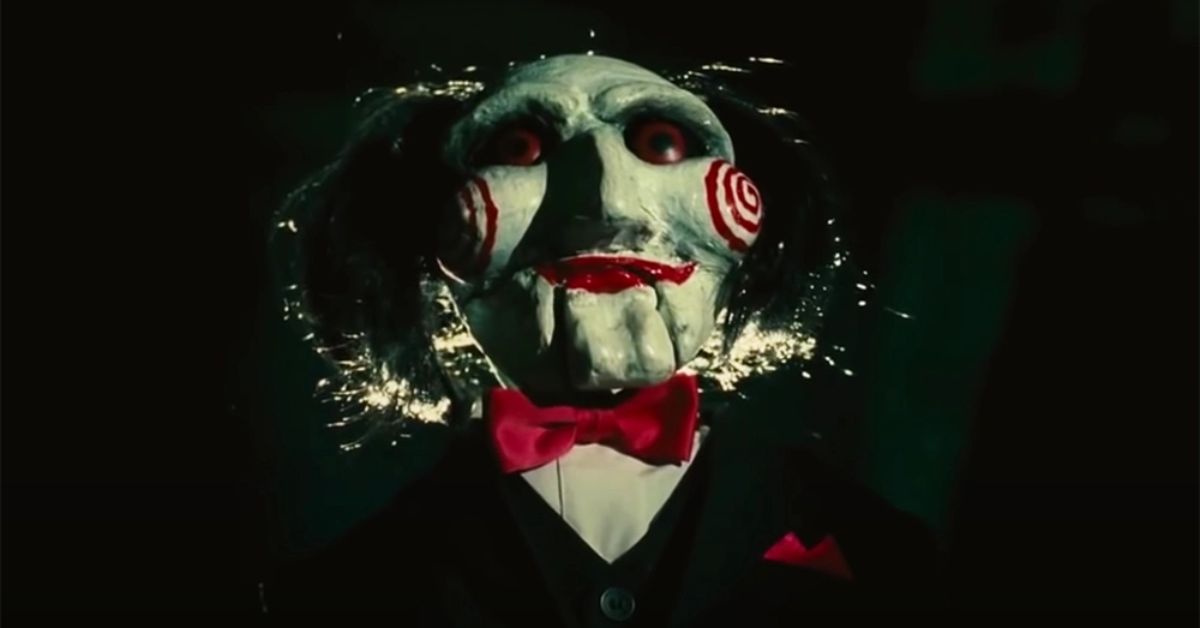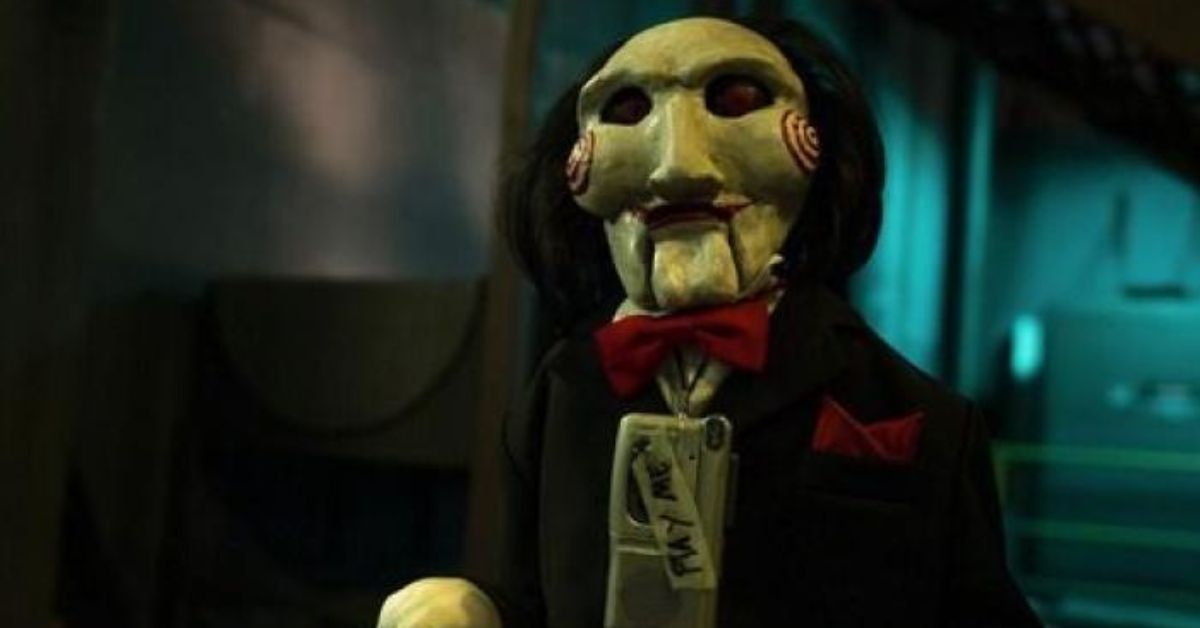If you’re a fan of horror movies, there’s a good chance you’ve come across the “Saw” franchise. This gruesome series has captured the imaginations of horror enthusiasts worldwide with its intricate plots, mind-bending twists, and a killer who puts his victims through sadistic tests to teach them the value of life.
Created by James Wan and Leigh Whannell, the first “Saw” film hit theaters in 2004, and since then, the franchise has continued to terrify audiences with its chilling installments. In this article, we’ll explore how many “Saw” movies there are, take a glimpse into the twisted world of the franchise, and delve into its impact on the horror genre.
Contents
The Birth of “Saw” and Its Early Success
The original “Saw” film, released in 2004, was a low-budget horror gem that took the world by storm. Directed by James Wan and written by Leigh Whannell, the movie introduced audiences to the iconic character, John Kramer, also known as the Jigsaw Killer, portrayed by Tobin Bell. The plot revolved around two men trapped in a dilapidated bathroom and subjected to a series of terrifying games that forced them to confront their sins. The film’s unique concept, psychological elements, and shocking twist ending left audiences wanting more.
How Many Saw Movies Are There?
A total of nine Saw movies have been released thus far, with a 10th set to hit screens later this year.
Here are the Saw movies in release order:
- Saw (2004)
- Saw II (2005)
- Saw III (2006)
- Saw IV (2007)
- Saw V (2008)
- Saw VI (2009)
- Saw 3D (2010)
- Jigsaw (2017)
- Spiral (2021)
- Saw X (2023)
Spiral is the only Saw movie that doesn’t revolve around the Jigsaw character, with the villain instead being a copycat villain.
Below is an explanation of each movie in the “Saw” franchise, listed in release order:
Saw (2004): The original film that started it all. Two strangers, Adam and Dr. Lawrence Gordon, wake up in a grimy, dilapidated bathroom, each chained to opposite ends of the room. They soon discover that they are pawns in a sadistic game orchestrated by the Jigsaw Killer, John Kramer. Jigsaw forces his victims to confront their sins and make life-or-death decisions to escape his deadly traps. The film’s shocking twist ending and Jigsaw’s iconic introduction laid the foundation for the subsequent movies.
Saw II (2005): In this sequel, a group of people finds themselves trapped inside a booby-trapped house. Among them is Detective Eric Matthews, whose son Daniel is also one of Jigsaw’s captives. Jigsaw challenges Matthews to play a deadly game to save his son. Meanwhile, the police work tirelessly to track down Jigsaw and save the hostages before it’s too late.
Saw III (2006): The focus shifts to Amanda Young, Jigsaw’s former protégé, who now carries out his deadly games. Amanda must keep a brain surgeon, Dr. Lynn Denlon, alive while the surgeon races against time to save Jigsaw, who is on the brink of death. The movie delves deeper into Jigsaw’s backstory and introduces more of his twisted ideology.
Saw IV (2007): In this installment, the narrative runs parallel to the events of “Saw III.” Detectives Rigg and Hoffman, along with FBI Agent Strahm, investigate Jigsaw’s latest games and attempt to piece together his intricate schemes. As they uncover more about Jigsaw’s past, the line between victim and perpetrator becomes increasingly blurred.
Saw V (2008): Agent Strahm, still investigating Jigsaw’s legacy, finds himself in the middle of a new deadly game orchestrated by Hoffman, who reveals himself as another one of Jigsaw’s accomplices. The movie explores Hoffman’s role in Jigsaw’s twisted plans and provides more insight into the mastermind’s elaborate designs.
Saw VI (2009): In this chapter, William Easton, a health insurance executive, becomes Jigsaw’s latest target. Jigsaw forces William to face the consequences of his decisions by putting him through a series of life-or-death trials. The movie delves into themes of revenge, justice, and the healthcare system.
Saw 3D (2010): Also known as “Saw: The Final Chapter,” this movie picks up immediately after the events of “Saw VI.” Hoffman is now the primary focus, as he seeks to eliminate all those who threaten to expose his true identity as Jigsaw’s accomplice. Meanwhile, a self-help guru, Bobby Dagen, claims to be a Jigsaw survivor, sparking a media frenzy.
Jigsaw (2017): After a seven-year hiatus, the “Saw” franchise returns with a new installment. A series of gruesome murders bearing Jigsaw’s signature emerges, raising questions about whether he’s truly dead or if a copycat killer is at work. The movie introduces new characters and mysteries, with echoes of Jigsaw’s twisted legacy.
Spiral (2021): This movie takes a fresh approach by focusing on a new Jigsaw copycat killer, who targets corrupt police officers. Detective Zeke Banks becomes entangled in the investigation and finds himself playing Jigsaw’s games. “Spiral” explores themes of police corruption and justice, while still delivering the signature traps and surprises the franchise is known for.
Saw X (2023): As of my last knowledge update in September 2021, there was no official information on a “Saw X” film. However, considering the franchise’s popularity and history, it’s plausible that another installment might be in development or released after my knowledge cutoff date. Further details on this potential film would require checking more recent sources.
The “Saw” franchise has provided fans with an extensive and twisted narrative, full of gore, psychological torment, and shocking revelations. Each movie builds on the legacy of Jigsaw and continues to explore the dark corners of the human psyche.
If you are a horror genre fan then check out the link below:
- Slow Horses Season 2 Premiere Date on Apple TV+: Renewed and Cancelled?
- Haunted Mansion Release Date: When Will It Come Out?
The Impact of “Saw” on the Horror Genre
The “Saw” franchise is undeniably a significant force in the horror genre. It not only reinvigorated interest in gruesome, torture-oriented horror but also popularized the concept of intricate, interconnected storytelling in horror movies. The success of the “Saw” films inspired other filmmakers to explore the psychological horror genre more deeply. Numerous movies and TV shows have adopted a similar style, featuring elaborate traps, morally challenging scenarios, and shocking plot twists.
Moreover, the Jigsaw Killer, with his eerie white face, red spirals on his cheeks, and menacing puppet, Billy, has become an iconic figure in the horror pantheon. Jigsaw’s philosophical approach to his victims, delivering the chilling line “I want to play a game,” has become ingrained in popular culture.
Conclusion: The “Saw” franchise has left a lasting mark on the horror genre, scaring and captivating audiences for nearly two decades. With its twisted narratives, elaborate traps, and unforgettable characters, the series has become a favorite among horror enthusiasts. Whether you love it for the gruesome gore or the complex storytelling, “Saw” remains an integral part of horror movie history. As the franchise continues to evolve, one thing is certain: the legacy of Jigsaw will continue to haunt the nightmares of moviegoers for years to come.
As we reflect on the journey of “Saw” and its many installments, we can’t help but wonder if there will be more to come. Will the traps get even more horrifying? Will there be new copycat killers, or will the original Jigsaw’s legacy continue to loom large? Only time will tell if we’re brave enough to revisit the twisted world of “Saw” once more.


